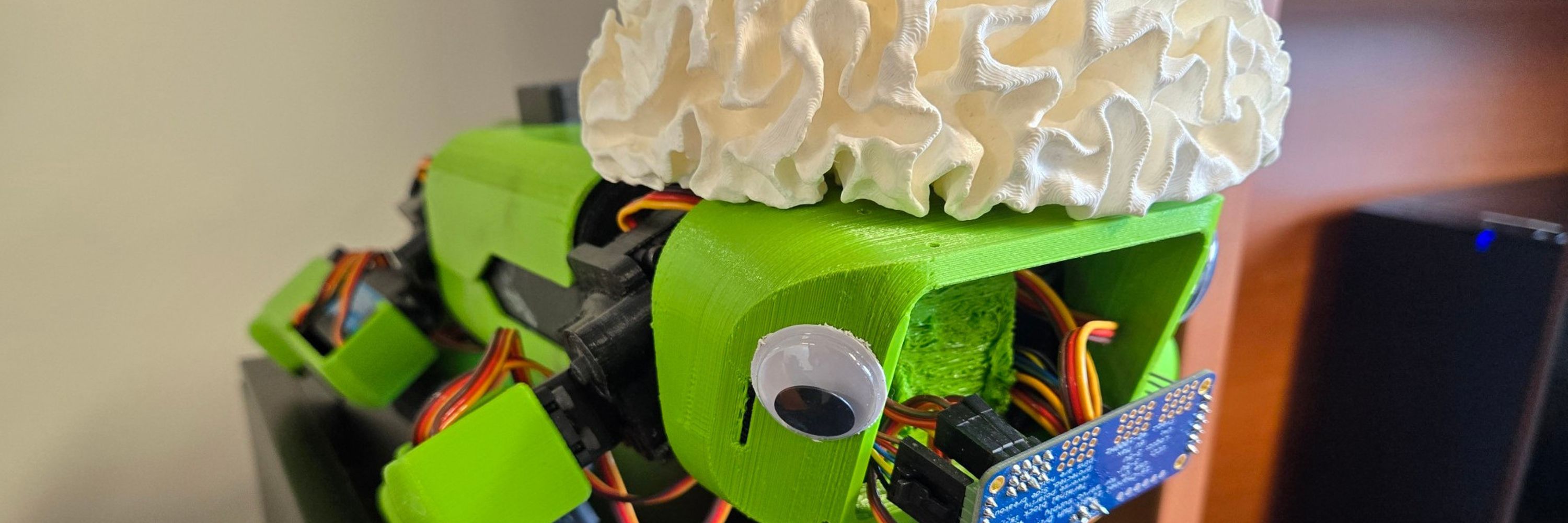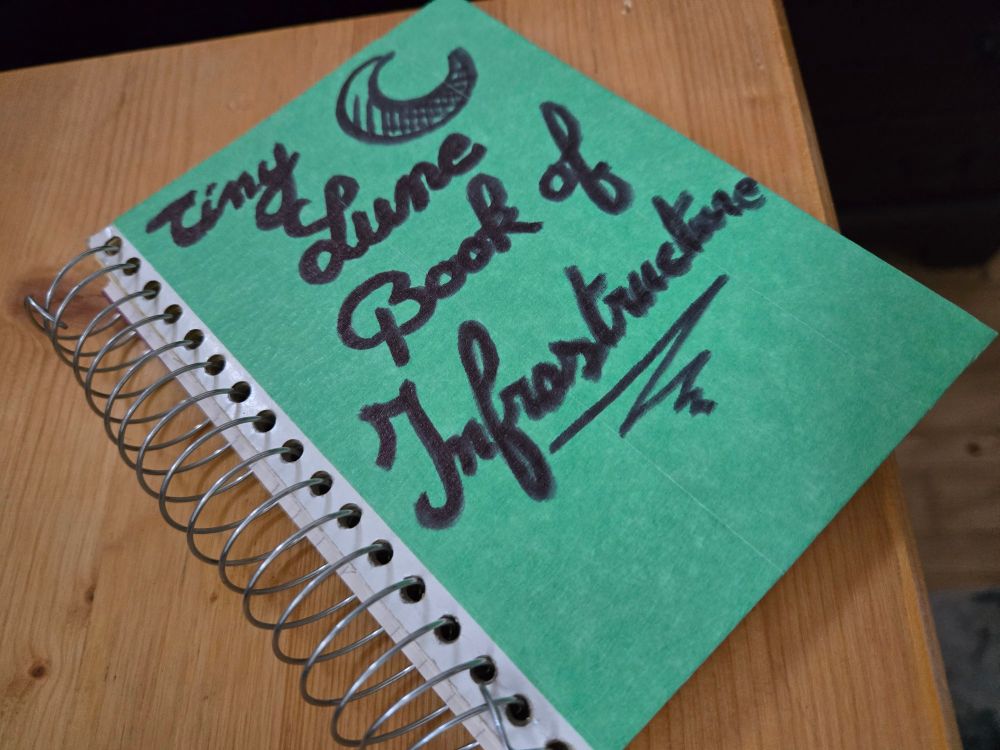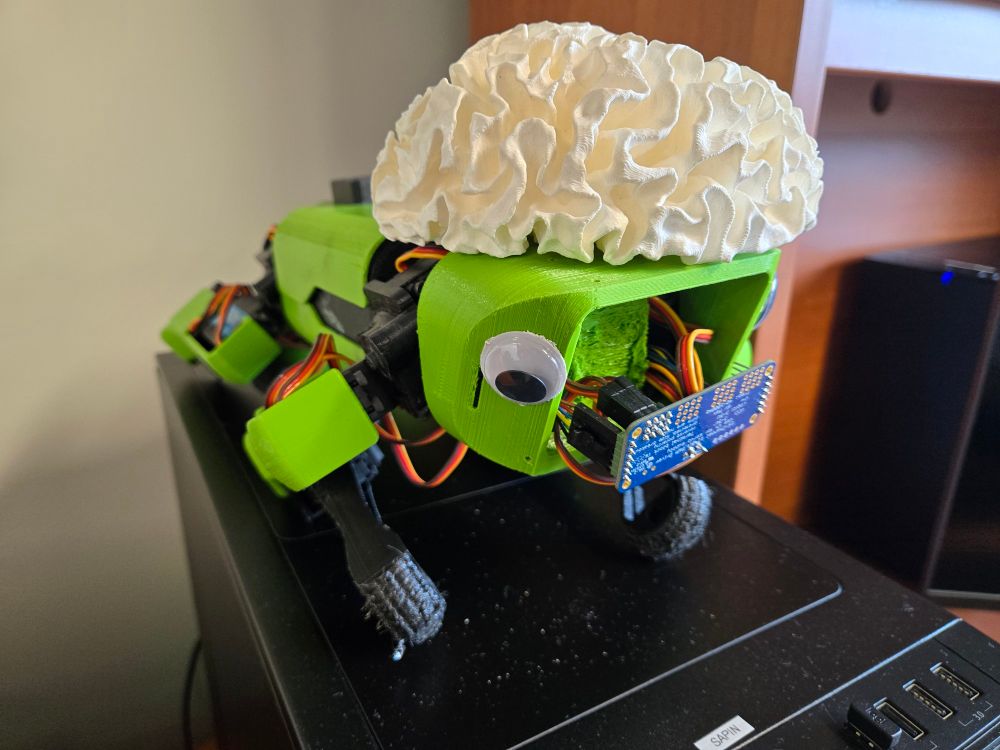
🌙 Lune Bellec
@lune-bellec.bsky.social
🏳️🌈 🏳️⚧️ 🌈♾️ Prof in psychology at Université de Montréal. Founder of the https://cneuromod.ca project: breeding individual 🤖 to mimic individual human 🧠. Delegate for digital health at the Montreal Geriatrics Institute https://criugm.qc.ca/
A positive result means someone is about seven times more likely to actually have an autism diagnosis. This rivals the best imaging markers, while still being found in about 1 in 200 people in the general population. 4/🧵

September 8, 2025 at 2:03 PM
A positive result means someone is about seven times more likely to actually have an autism diagnosis. This rivals the best imaging markers, while still being found in about 1 in 200 people in the general population. 4/🧵
We turned the problem on its head. Instead of trying to classify everyone, we built a brain signature that only makes predictions when it’s confident. 3/🧵

September 8, 2025 at 2:01 PM
We turned the problem on its head. Instead of trying to classify everyone, we built a brain signature that only makes predictions when it’s confident. 3/🧵
In long-term follow-up (up to 16 months), we observed no sustained hearing loss. While high-frequency measures remained variable, no clinically significant declines were consistently found across the group. 7/🧵


April 21, 2025 at 7:20 PM
In long-term follow-up (up to 16 months), we observed no sustained hearing loss. While high-frequency measures remained variable, no clinically significant declines were consistently found across the group. 7/🧵
Across participants, we found no clinical signs of ear trauma immediately following scanning. Changes in detection thresholds were typically <10 dB, even in high-frequency ranges (>10 kHz) where variability was greatest. 5/🧵


April 21, 2025 at 7:18 PM
Across participants, we found no clinical signs of ear trauma immediately following scanning. Changes in detection thresholds were typically <10 dB, even in high-frequency ranges (>10 kHz) where variability was greatest. 5/🧵
MRI scanners are loud. We used MRI-compatible Sensimetrics earphones with foam inserts and custom over-the-ear protection (see picture of an early prototype).
Still, we wanted to know: does this level of scanning impact auditory health?
Still, we wanted to know: does this level of scanning impact auditory health?

April 21, 2025 at 7:15 PM
MRI scanners are loud. We used MRI-compatible Sensimetrics earphones with foam inserts and custom over-the-ear protection (see picture of an early prototype).
Still, we wanted to know: does this level of scanning impact auditory health?
Still, we wanted to know: does this level of scanning impact auditory health?
🧪 The results? no major structural changes, and in some cases, metrics were remarkably consistent (check out these average brain T_1^MP2RAGE for a teaser). 4/🧵

April 1, 2025 at 2:57 PM
🧪 The results? no major structural changes, and in some cases, metrics were remarkably consistent (check out these average brain T_1^MP2RAGE for a teaser). 4/🧵
🧠📊 Just out: a deeply sample structural brain and spine dataset from the cneuromod.ca team, now published in Imaging Neuroscience! led by Mathieu Boudreau and Julien Cohen-Adad. 📰 Paper here: lnkd.in/ewXA3dED 1/🧵

April 1, 2025 at 2:55 PM
🧠📊 Just out: a deeply sample structural brain and spine dataset from the cneuromod.ca team, now published in Imaging Neuroscience! led by Mathieu Boudreau and Julien Cohen-Adad. 📰 Paper here: lnkd.in/ewXA3dED 1/🧵
Alright, I just have too many notebooks, and I don't know where to find anything anymore. New 2025 resolution - topical notebooks. And here's the first specimen: infrastructure.

March 28, 2025 at 11:03 PM
Alright, I just have too many notebooks, and I don't know where to find anything anymore. New 2025 resolution - topical notebooks. And here's the first specimen: infrastructure.
psychiatric conditions are known to have an overlap in genetic risk. This can be quantified through a genetic correlation based on large gwas studies. The amount of genetic correlation across pair of conditions strongly associate with the spatial correlation of case-control fmri connectomes 5/N

March 9, 2025 at 1:02 AM
psychiatric conditions are known to have an overlap in genetic risk. This can be quantified through a genetic correlation based on large gwas studies. The amount of genetic correlation across pair of conditions strongly associate with the spatial correlation of case-control fmri connectomes 5/N
actually, if you estimate the effect of a rare genetic variants in terms of its loss in average IQ loss, it correlates strongly with the effect size on brain connectivity. 4/N

March 9, 2025 at 12:57 AM
actually, if you estimate the effect of a rare genetic variants in terms of its loss in average IQ loss, it correlates strongly with the effect size on brain connectivity. 4/N
effect size estimates in case-control comparison. top: rare genetic variants (very top some with huge clinical effects, bottom low clinical effects). In the middle common clinical diagnoses, at the bottom polygenic risk scores 2/N fig 2 cdn.ncbi.nlm.nih.gov/pmc/blobs/08...

March 9, 2025 at 12:55 AM
effect size estimates in case-control comparison. top: rare genetic variants (very top some with huge clinical effects, bottom low clinical effects). In the middle common clinical diagnoses, at the bottom polygenic risk scores 2/N fig 2 cdn.ncbi.nlm.nih.gov/pmc/blobs/08...
living caricature from www.explainxkcd.com/wiki/index.p... but on $ steroids and surrounded by an army of sycophants.

January 25, 2025 at 3:18 AM
living caricature from www.explainxkcd.com/wiki/index.p... but on $ steroids and surrounded by an army of sycophants.
@karimjerbi.bsky.social is on bsky! Karim is a human of many wonders. One of his achievements has been to organize a major neuroAI conference (called MAIN), which has helped shape the Montreal neuroAI community since 2017! Please join me in welcoming him here 🙏

December 11, 2024 at 5:38 PM
@karimjerbi.bsky.social is on bsky! Karim is a human of many wonders. One of his achievements has been to organize a major neuroAI conference (called MAIN), which has helped shape the Montreal neuroAI community since 2017! Please join me in welcoming him here 🙏
btw I believe this reference (cited in the article above) directly implements what you requested, which is image decoding from latent representations arxiv.org/pdf/1412.003... Activation atlases are better though, and could be done in brains through individual models. See arxiv.org/abs/2411.10872

December 1, 2024 at 5:55 PM
btw I believe this reference (cited in the article above) directly implements what you requested, which is image decoding from latent representations arxiv.org/pdf/1412.003... Activation atlases are better though, and could be done in brains through individual models. See arxiv.org/abs/2411.10872
I've always found Van Essen's style diagrams very hard to parse. I gave it a stab. Please tell me what you think. PS: I removed one of the three branches of the frontal aslant track, which had the exact same terminations. PPS: I messed minimally with layout, but moved things for clarity.

November 23, 2024 at 7:31 PM
I've always found Van Essen's style diagrams very hard to parse. I gave it a stab. Please tell me what you think. PS: I removed one of the three branches of the frontal aslant track, which had the exact same terminations. PPS: I messed minimally with layout, but moved things for clarity.


